Brown bear returns to Switzerland
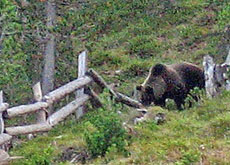
A brown bear has been sighted in the wild in Switzerland for the first time in two years.
Several people reported seeing the bear on Sunday afternoon in Zernez on the border of the Swiss National Park in eastern Switzerland, but said it ran off as soon as it noticed them.
Georg Brosi from the cantonal office for hunting and fishing said the bear, whose traces in the snow indicate that it is at least two years old, had climbed to the forest’s edge at 2,800m before heading off into a side valley.
Gamekeepers are now searching for fur or faeces to identify the bear genetically.
Brosi said the bear had most likely strolled in from north-Italian Trentino just across the border. The bear population there dropped between 1999 and 2002 and was replenished with ten brown bears from Slovenia.
“Bear strategy”
In July 2006, a month after a brown bear called Bruno made the mistake of leaving Austria and wandering into hunters’ crosshairs in neighbouring Germany, the Swiss government issued guidelines on how bears can avoid a similar fate in Switzerland.
The “Bear Strategy” maintains that bears and humans can co-exist peacefully but enables regional authorities to shoot-to-kill if public safety is threatened.
The strategy document was widely criticised by mountain communities, hunters and farmers when it was put out for consultation. They said the federal authorities needed to make it easier to shoot troublesome animals.
Bears now fall into three categories: “unobtrusive”, “problematic” and “high-risk”. A bear can be killed once it becomes “high-risk”: if it is no longer scared of humans despite efforts to scare it off and if it has become aggressive towards them.
A “problematic” bear is defined as one that is not afraid of humans, starts foraging for food in residential areas or kills large numbers of livestock.
It appears the bear spotted on Sunday is unobtrusive.
The authorities acted after a brown bear was spotted several times in Switzerland in July 2005. It was the first to be seen in the country in more than a century.
“JJ2” – Bruno’s brother – generated headlines and considerable controversy, killing one calf and more than 20 sheep, before disappearing. He came from an established population of brown bears in Italy’s Trentino region around 70km from the Swiss border.
Capital attraction
Bears have a long association with the Swiss capital, Bern. It is said that the founder of Bern, Berchtold V von Zähringen, killed a bear on the Aare peninsula and this led to the town being called Bern (from the German Bär) and explains why the city’s coat of arms features a bear.
The animals have been kept in the city for almost 500 years, but have been in their existing location – a 3.5 metre-deep pit – since 1857. At that time more than 12 bears were kept as a symbol of victory and of man’s power over animals. Now there are only two.
Around ten years ago the pits underwent renovation to provide the bears with a more suitable habitat and tourists with a better view.
But complaints about their present home have continued. Plans are now afoot to build a new enclosure for the bears next to the river.
swissinfo with agencies
Bears, along with wolves and lynxes, were hunted to extinction in the Alps in the 19th century. The last bear in Switzerland was killed in 1904.
A single male brown bear appeared in Müstair valley in southeastern Switzerland last July, crossing over from the Italian side of the border.
The bear, which caused a sensation in the national press, is now in hibernation in an unknown location in the region.
In anticipation of more bears straying into the country, the Federal Environment Office last summer launched a strategy document – the Bear Concept –setting out guidelines for the management of bears on Swiss territory.
This has been welcomed by animal organisations but criticised by everyone else.
There are an estimated 50,000 brown bears in Europe in separate fragmented populations.
Brown bears are omnivores and feed on plants, berries, roots, fungi, fish, insects and small mammals.
They like to den in a protected spot during the winter months.
Brown bears can grow to a huge size, males up to 350kg, females to 200kg.

In compliance with the JTI standards
More: SWI swissinfo.ch certified by the Journalism Trust Initiative
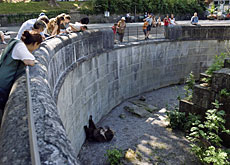
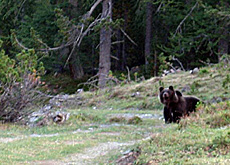
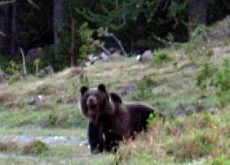
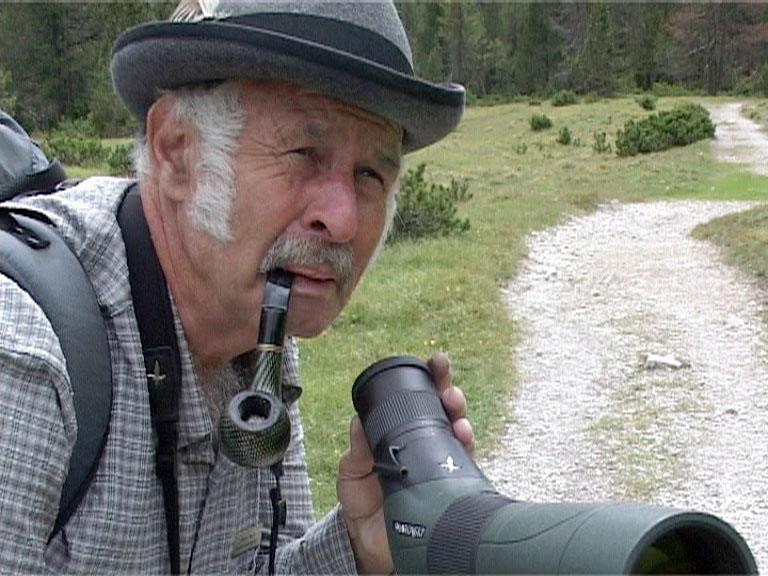
You can find an overview of ongoing debates with our journalists here. Please join us!
If you want to start a conversation about a topic raised in this article or want to report factual errors, email us at english@swissinfo.ch.